-
 Bitcoin
Bitcoin $107,758.1435
-1.45% -
 Ethereum
Ethereum $2,490.6114
-3.32% -
 Tether USDt
Tether USDt $1.0004
0.00% -
 XRP
XRP $2.2042
-2.04% -
 BNB
BNB $651.4818
-1.12% -
 Solana
Solana $145.8782
-3.02% -
 USDC
USDC $0.9999
0.00% -
 TRON
TRON $0.2819
-1.39% -
 Dogecoin
Dogecoin $0.1621
-4.58% -
 Cardano
Cardano $0.5658
-4.18% -
 Hyperliquid
Hyperliquid $37.8181
-6.63% -
 Sui
Sui $2.8404
-4.91% -
 Bitcoin Cash
Bitcoin Cash $481.3703
-2.30% -
 Chainlink
Chainlink $13.0043
-4.79% -
 UNUS SED LEO
UNUS SED LEO $9.0464
0.26% -
 Avalanche
Avalanche $17.6115
-4.39% -
 Stellar
Stellar $0.2359
-2.11% -
 Toncoin
Toncoin $2.7507
-3.93% -
 Shiba Inu
Shiba Inu $0.0...01126
-4.41% -
 Litecoin
Litecoin $86.1256
-3.27% -
 Hedera
Hedera $0.1530
-3.13% -
 Monero
Monero $312.7785
-2.81% -
 Dai
Dai $1.0000
-0.01% -
 Ethena USDe
Ethena USDe $1.0001
-0.02% -
 Polkadot
Polkadot $3.3287
-5.55% -
 Bitget Token
Bitget Token $4.3840
-4.00% -
 Uniswap
Uniswap $6.8370
-10.63% -
 Pepe
Pepe $0.0...09548
-4.25% -
 Aave
Aave $260.2526
-6.11% -
 Pi
Pi $0.4658
-5.45%
Is a breakout of the 60-day moving average followed by a pullback without a break a short-term buy signal?
A breakout above the 60-day moving average followed by a pullback that respects it can signal a low-risk buy opportunity in crypto trading.
Jul 02, 2025 at 10:57 am

Understanding the 60-Day Moving Average in Cryptocurrency Trading
The 60-day moving average is a widely used technical indicator in cryptocurrency trading. It helps traders assess the long-term trend of an asset by smoothing out price data over the last 60 days. Traders often use this moving average to identify potential support or resistance levels. When a cryptocurrency's price breaks above this key level, it can signal a shift in momentum. However, understanding whether such a breakout followed by a pullback without breaking the average constitutes a short-term buy signal requires deeper analysis.
Why the 60-day moving average matters:
- It filters out short-term volatility, offering clearer insight into medium-term trends.
- Acts as a dynamic support or resistance level during trending markets.
- Helps traders time entries and exits more effectively when combined with other indicators.
Analyzing Breakouts from the 60-Day Moving Average
A breakout occurs when the price moves above the 60-day moving average after a period of consolidation or downtrend. This movement often signals that buyers are gaining control. In crypto markets, where volatility is high, breakouts can be powerful but also prone to false signals. Therefore, traders must verify the strength of the breakout using volume and additional technical tools.
Key factors to consider during a breakout:
- Volume: A valid breakout usually comes with increased trading volume, confirming institutional or retail interest.
- Price action confirmation: At least two consecutive candlesticks closing above the 60-day MA increase the reliability of the breakout.
- Market context: The broader market sentiment, including Bitcoin’s performance, should align with the breakout direction.
Pullbacks Without Breaking the 60-Day MA: What Does It Mean?
After a breakout, a pullback is common. If the price retraces to the 60-day moving average but doesn’t close below it, this suggests strong underlying demand. Such behavior indicates that the moving average is acting as a dynamic support, reinforcing its importance as a psychological level.
Characteristics of a healthy pullback:
- The price touches or hovers around the 60-day MA without decisively breaking it.
- Volume typically decreases during the pullback, signaling lack of selling pressure.
- The pullback doesn't erase more than 50% of the initial breakout move.
This type of pullback is often seen as a low-risk entry point for traders who missed the initial breakout.
Combining Indicators to Confirm Buy Signals
Relying solely on the 60-day moving average and pullback pattern can lead to premature trades. To strengthen the validity of the short-term buy signal, traders should incorporate additional tools:
Recommended confirmatory indicators:
- Relative Strength Index (RSI): Look for RSI to remain above 40 during the pullback, suggesting no extreme oversold condition yet.
- MACD: A bullish crossover or rising histogram confirms increasing buying momentum.
- Volume profile: Areas with high volume near the 60-day MA indicate strong support zones.
These indicators help filter out false signals and provide higher probability setups.
Executing a Trade Based on This Setup
Once the conditions align — a breakout above the 60-day MA followed by a pullback that respects it — traders can consider entering a position. Here’s how to structure the trade:
Step-by-step execution:
- Wait for the price to retest the 60-day MA after a confirmed breakout.
- Ensure that the candlestick closes above the MA during the retest.
- Place a buy order slightly above the close of the retest candlestick to avoid slippage.
- Set a stop-loss just below the 60-day MA to contain risk.
- Target a risk-reward ratio of at least 2:1 based on the size of the breakout move.
Using limit orders rather than market orders can improve entry precision, especially in fast-moving crypto markets.
Frequently Asked Questions
Q: Can this strategy work on all cryptocurrencies?
While the 60-day moving average is applicable across various assets, it works best on major cryptocurrencies with sufficient liquidity and volume. Smaller altcoins may produce erratic signals due to low trading activity.
Q: How often should I check if the price is respecting the 60-day MA?
Daily checks are recommended, especially after a breakout. Use daily charts to monitor the interaction between price and the moving average.
Q: Is this approach suitable for day trading?
This setup is more aligned with swing trading strategies. Day traders might find shorter timeframes and moving averages more effective for intraday decisions.
Q: What if the pullback turns into a full reversal below the 60-day MA?
That would invalidate the setup. Traders should exit immediately if the price closes decisively below the 60-day MA after a pullback, as it could signal a resumption of the downtrend.
Disclaimer:info@kdj.com
The information provided is not trading advice. kdj.com does not assume any responsibility for any investments made based on the information provided in this article. Cryptocurrencies are highly volatile and it is highly recommended that you invest with caution after thorough research!
If you believe that the content used on this website infringes your copyright, please contact us immediately (info@kdj.com) and we will delete it promptly.
- Bitcoin's Pattern Break: Are HODLers the Key to the Next Surge?
- 2025-07-04 18:50:12
- Bitcoin Price, Trump's Bill, and the $150K Dream: A NYC Take
- 2025-07-04 19:50:12
- Ethereum, LILPEPE, and the July Bounce: Will Pepe Steal ETH's Thunder?
- 2025-07-04 19:10:12
- Binance Institutional Loans: Unlocking 4x Leverage and Zero Interest for Whales
- 2025-07-04 19:15:12
- Bitcoin Bull Run: Analysts Eye Peak in Late 2025?
- 2025-07-04 19:20:13
- Pepe Indicators, Bullish Forecast: Can the Meme Coin Rally?
- 2025-07-04 19:25:12
Related knowledge
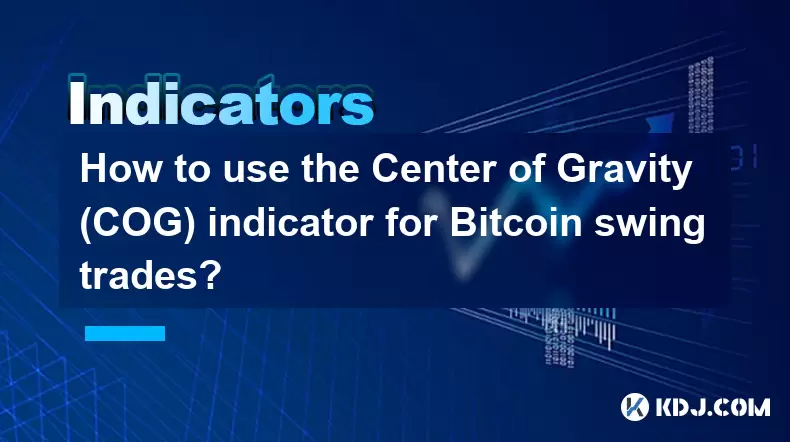
How to use the Center of Gravity (COG) indicator for Bitcoin swing trades?
Jul 04,2025 at 06:21pm
Understanding the Center of Gravity (COG) IndicatorThe Center of Gravity (COG) indicator is a technical analysis tool primarily used to identify potential trend reversals and momentum shifts in financial markets, including cryptocurrency trading. Unlike traditional oscillators like RSI or MACD, the COG focuses on calculating the weighted average price o...
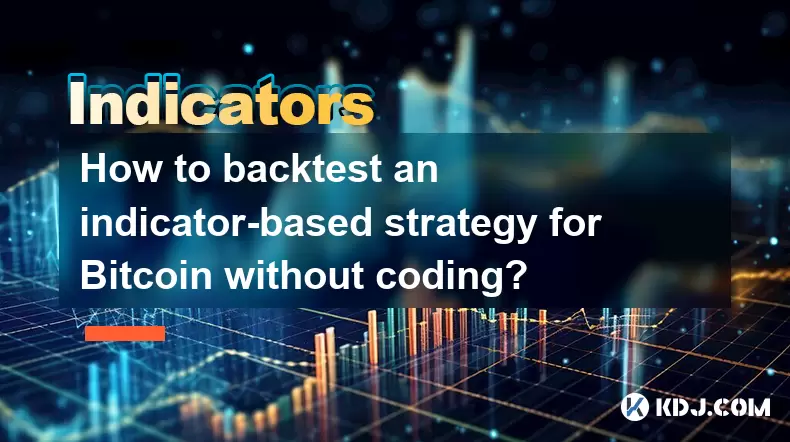
How to backtest an indicator-based strategy for Bitcoin without coding?
Jul 04,2025 at 06:50pm
Understanding Backtesting in Cryptocurrency TradingBacktesting is the process of evaluating a trading strategy by applying it to historical data to see how it would have performed. In the context of Bitcoin, backtesting allows traders to test their indicator-based strategies using past price movements and volume data. This helps identify whether a strat...

What is indicator confluence and why is it important for Bitcoin trading?
Jul 04,2025 at 03:14pm
Understanding the Concept of Indicator ConfluenceIndicator confluence refers to the alignment or agreement between multiple technical indicators when analyzing a financial asset, such as Bitcoin. Instead of relying on a single indicator to make trading decisions, traders use confluence to increase the probability of successful trades by ensuring that di...
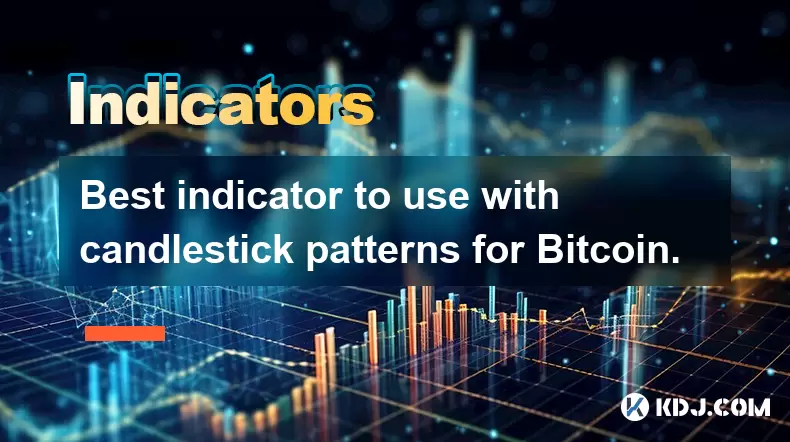
Best indicator to use with candlestick patterns for Bitcoin.
Jul 04,2025 at 12:36pm
Understanding the Role of Indicators with Candlestick PatternsIn the world of cryptocurrency trading, especially when dealing with Bitcoin, technical analysis plays a crucial role in identifying potential price movements. Traders often rely on candlestick patterns to forecast market behavior. However, these patterns alone may not always provide sufficie...
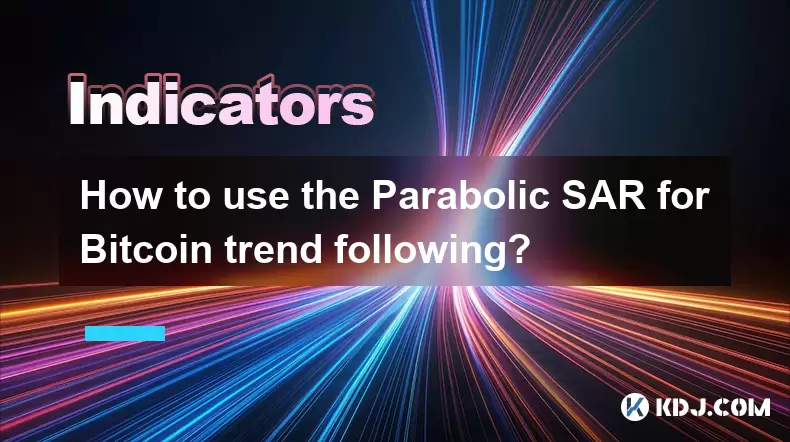
How to use the Parabolic SAR for Bitcoin trend following?
Jul 04,2025 at 05:21pm
Understanding the Parabolic SAR IndicatorThe Parabolic SAR (Stop and Reverse) is a technical analysis tool developed by J. Welles Wilder, primarily used to identify potential reversals in asset prices. In the context of Bitcoin trading, it serves as a crucial instrument for spotting entry and exit points during trending markets. The indicator appears on...
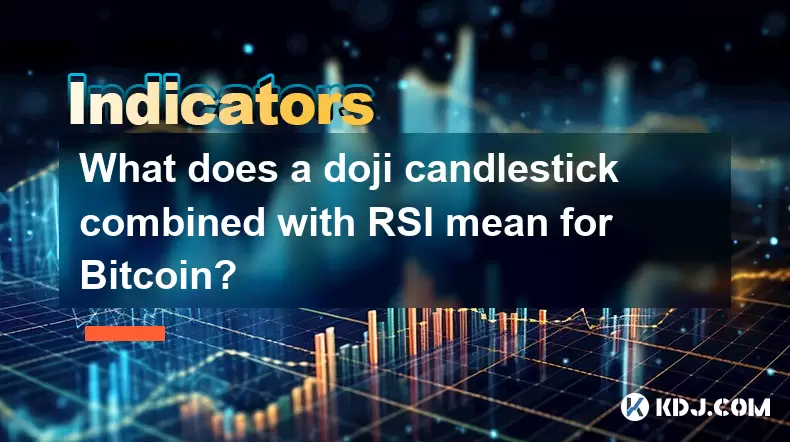
What does a doji candlestick combined with RSI mean for Bitcoin?
Jul 04,2025 at 03:08pm
Understanding the Doji Candlestick PatternA doji candlestick is a critical technical analysis pattern that signals market indecision. It forms when the opening and closing prices of an asset are nearly identical, resulting in a very small or nonexistent body with long upper and lower wicks. In the context of Bitcoin, this pattern often suggests a potent...

How to use the Center of Gravity (COG) indicator for Bitcoin swing trades?
Jul 04,2025 at 06:21pm
Understanding the Center of Gravity (COG) IndicatorThe Center of Gravity (COG) indicator is a technical analysis tool primarily used to identify potential trend reversals and momentum shifts in financial markets, including cryptocurrency trading. Unlike traditional oscillators like RSI or MACD, the COG focuses on calculating the weighted average price o...

How to backtest an indicator-based strategy for Bitcoin without coding?
Jul 04,2025 at 06:50pm
Understanding Backtesting in Cryptocurrency TradingBacktesting is the process of evaluating a trading strategy by applying it to historical data to see how it would have performed. In the context of Bitcoin, backtesting allows traders to test their indicator-based strategies using past price movements and volume data. This helps identify whether a strat...

What is indicator confluence and why is it important for Bitcoin trading?
Jul 04,2025 at 03:14pm
Understanding the Concept of Indicator ConfluenceIndicator confluence refers to the alignment or agreement between multiple technical indicators when analyzing a financial asset, such as Bitcoin. Instead of relying on a single indicator to make trading decisions, traders use confluence to increase the probability of successful trades by ensuring that di...

Best indicator to use with candlestick patterns for Bitcoin.
Jul 04,2025 at 12:36pm
Understanding the Role of Indicators with Candlestick PatternsIn the world of cryptocurrency trading, especially when dealing with Bitcoin, technical analysis plays a crucial role in identifying potential price movements. Traders often rely on candlestick patterns to forecast market behavior. However, these patterns alone may not always provide sufficie...

How to use the Parabolic SAR for Bitcoin trend following?
Jul 04,2025 at 05:21pm
Understanding the Parabolic SAR IndicatorThe Parabolic SAR (Stop and Reverse) is a technical analysis tool developed by J. Welles Wilder, primarily used to identify potential reversals in asset prices. In the context of Bitcoin trading, it serves as a crucial instrument for spotting entry and exit points during trending markets. The indicator appears on...

What does a doji candlestick combined with RSI mean for Bitcoin?
Jul 04,2025 at 03:08pm
Understanding the Doji Candlestick PatternA doji candlestick is a critical technical analysis pattern that signals market indecision. It forms when the opening and closing prices of an asset are nearly identical, resulting in a very small or nonexistent body with long upper and lower wicks. In the context of Bitcoin, this pattern often suggests a potent...
See all articles

























































































